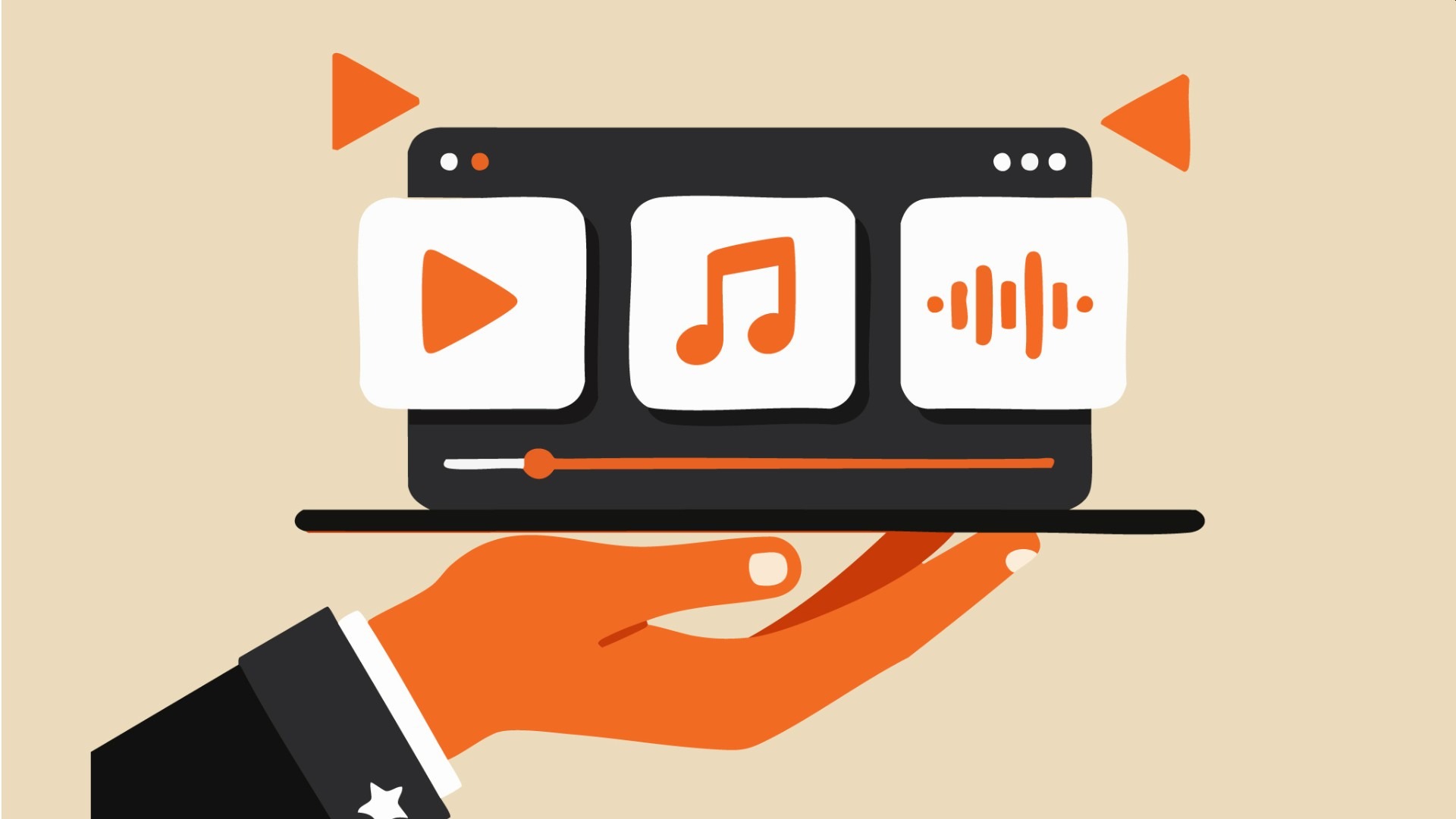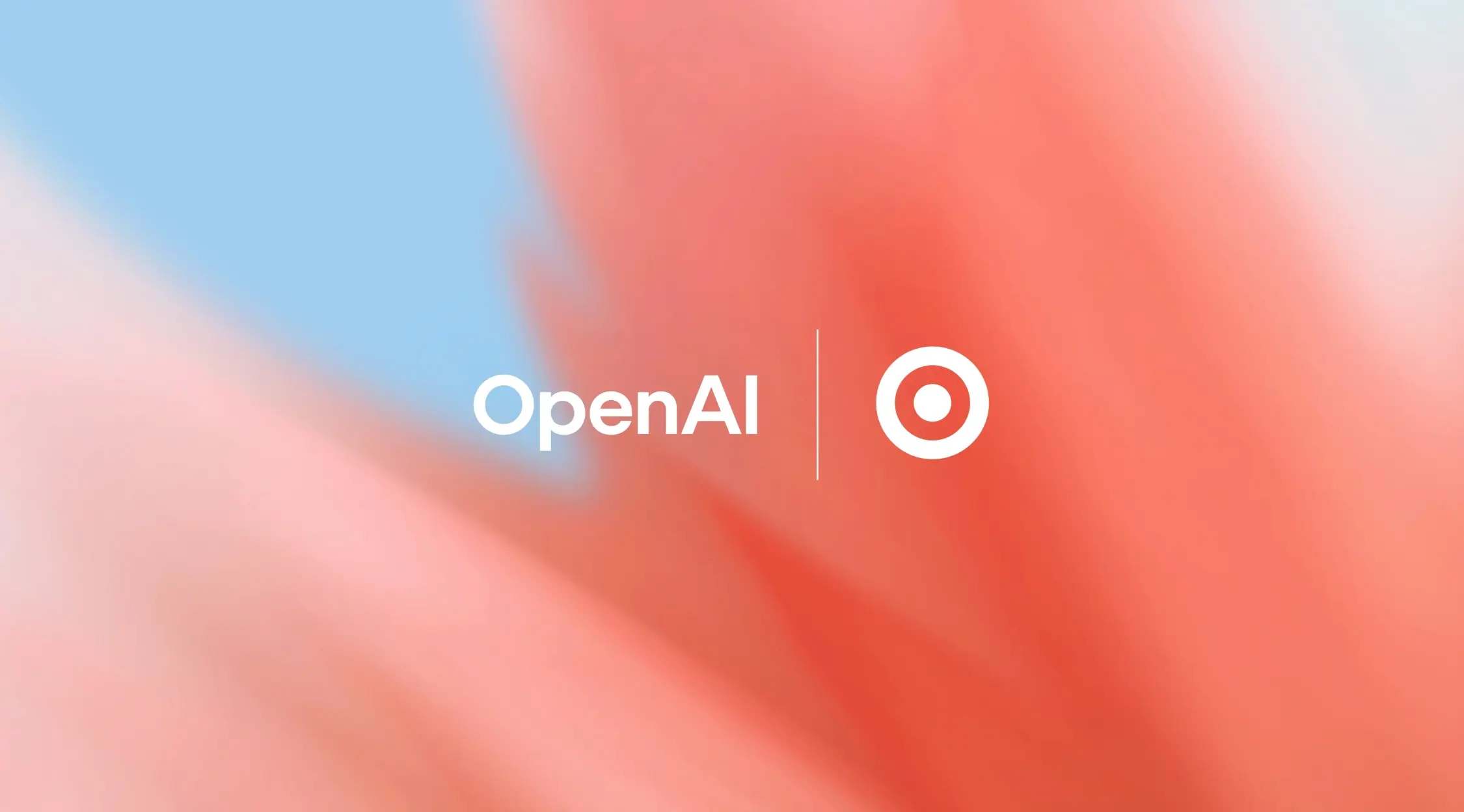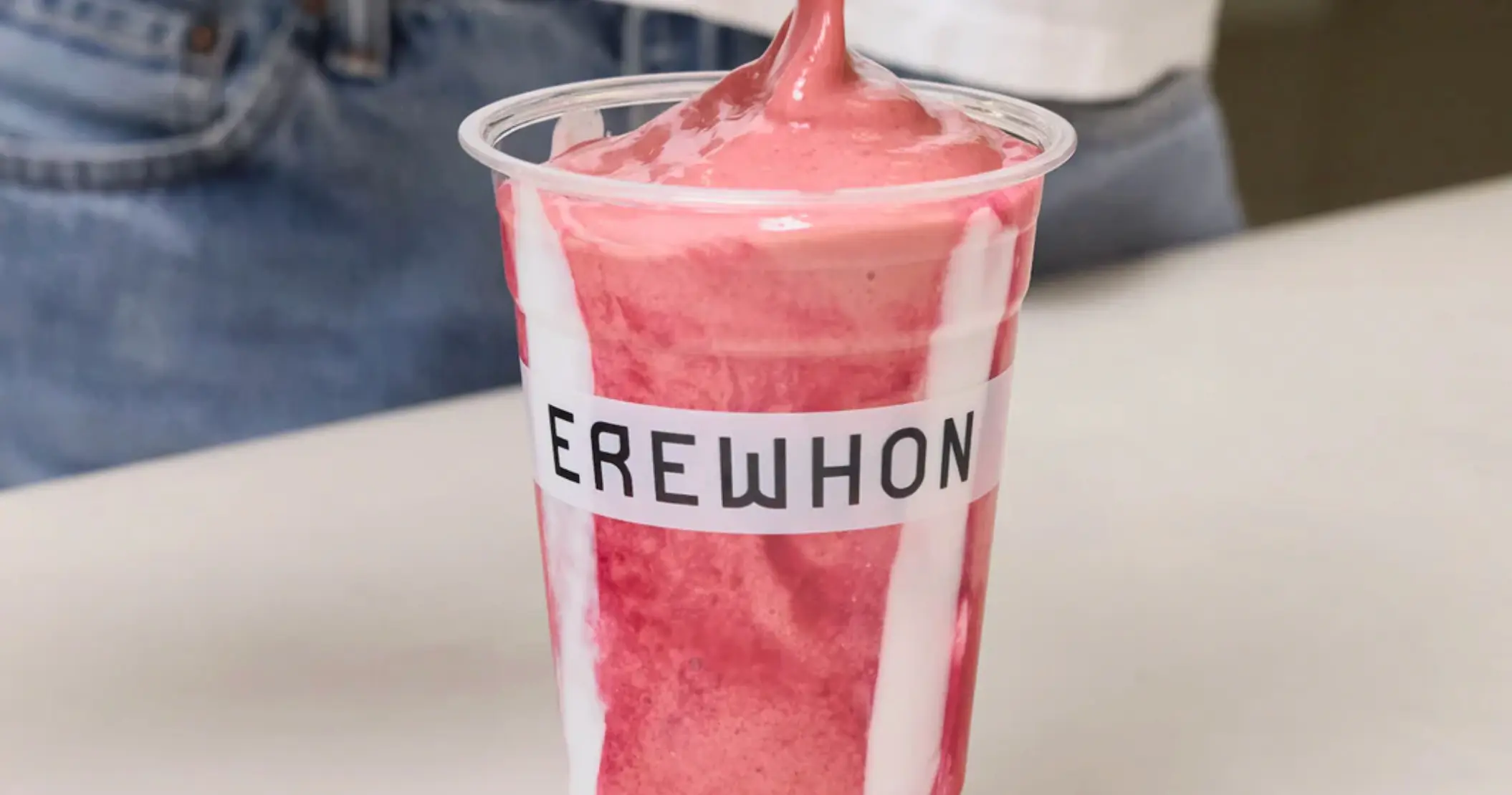How Modern Media Frameworks Transform File Delivery and Why Easy Format Conversion Is a Game-Changer
Updated on
Published on

In the Moment’s presto-paced digital world, the way lines are managed, delivered, and converted has shifted dramatically. With constant advancements in technology, businesses need to keep up with innovative ways to manage digital means. Ultramodern media fabrics are at the heart of this metamorphosis, furnishing not just a system to deliver lines but also a medium for seamlessly converting formats to suit different platforms and stoner preferences. This composition delves into how these fabrics are revolutionizing train delivery and why easy format conversion is a game-changer for businesses worldwide.
The Rise of Ultramodern Media Frameworks
A New Era for Digital Asset Management
With the proliferation of digital content, managing lines has become more complex than ever before. Moment, digital asset operation (DAM) systems are transubstantiating how businesses store, organize, and distribute media. Gone are the days of manually sorting lines into flyers on hard drives. Today’s DAM results offer a centralized digital library that businesses can access from anywhere, enabling real-time collaboration and easy reclamation of media lines.
In 2025, digital asset management (DAM) will continue to be vital for companies dealing with an ever-growing quantum of digital content. By using well-grounded systems, businesses can streamline their workflows, maintain high-level security, and reduce the threat of train loss or mishandling. To truly grasp its eventuality, it’s important to learn about the importance of DAM in 2025, as understanding this technology will prove critical for businesses looking to stay competitive in the coming times. You can find more detailed information on this content then.
DAM systems are also equipped with important hunt capabilities, metadata trailing, and interpretation control, allowing brigades to find the most applicable lines quickly. This position of association boosts productivity, especially for brigades working on large-scale systems where time and effectiveness are pivotal.

Streamlining the Delivery Process
Media fabrics not only help in managing digital means but also play a crucial part in the effective delivery of lines across colorful platforms. Whether it’s an e-commerce point delivering product images, a content creator participating in videotape tutorials, or a streaming service furnishing HD pictures to subscribers, ultramodern media fabrics enable flawless train distribution.
With the integration of content delivery networks (CDNs), media fabrics enhance performance by storing cached performances of media lines in multiple geographic locales. This reduces quiescence and ensures brisk cargo times for end-druggies, regardless of their physical position. Also, these fabrics can automatically acclimate media formats based on the stoner’s device and connection speed, furnishing an optimized viewing or browsing experience.
The power of robotization also means businesses can concentrate more on content creation rather than fussing about specialized aspects like contraction or train optimization.
The part of Easy Format Conversion
A Major Advance for Content Generators
At the heart of ultramodern media fabrics lies a crucial advantage: easy format conversion. Whether it’s for images, videos, or audio lines, converting media into the applicable format for different biases, cybersurfers, and platforms can frequently be a hassle. Traditionally, content generators would need to manually convert lines to multiple formats, a time-consuming process that also required advanced specialized knowledge.
Still, Moment’s media fabrics simplify this process by automatically converting lines into the needed formats. For example, an image might need to be saved as a JPEG for website use or as a PNG for high-quality, transparent images. Videotape lines may require conversion into formats like MP4, WebM, or AVI for streaming platforms. By automating these transformations, businesses can ensure that content is compatible with multiple platforms, saving time and reducing the threat of crimes.
This conversion technology also enables the automatic resizing of media. For instance, an image may be resized to fit mobile devices, desktops, or indeed high-definition displays, preserving the stylish quality and comity across platforms.
Enhancing the Stoner Experience with Customization
An instigative point of ultramodern media fabrics is their capability to customize media delivery based on user preferences. Images can be cropped, resized, or acclimated in real time. Also, videos can be decoded in different judgments and frame rates to ensure smooth playback across different biases.
Also, these fabrics can use AI to prognosticate and adapt media formats strongly, offering customized content that matches both the stoner's device and internet speed. Machine learning algorithms help optimize train sizes and enhance delivery performance, reducing bandwidth operation without compromising quality. This position of customization ensures that content generators can deliver a stylish experience to their followership without any homemade intervention.
Benefits Across Colorful Diligence
Ultramodern media fabrics are transubstantiating not just one assiduity, but several. The capability to deliver high-quality, optimized content has a far-reaching impact, and easy format conversion is a vital factor in driving this change.
E-Commerce and Retail
For e-commerce businesses, optimizing images for product rosters is pivotal. Still, these businesses face the challenge of demanding to convert images into multiple formats and sizes for different biases. Product images must load snappily on mobile phones, tablets, and desktops to help guests from abandoning their carts.
With easy format conversion, e-commerce platforms can automatically resize and compress images for optimal performance on each device. For illustration, an image might be converted into a WebP format for web use and into a JPEG format for high-quality print accoutrements. These automatic transformations ensure that images are delivered in the right format and resolution for the most stylish possible stoner experience. Also, image optimization helps ameliorate website loading times, which is a crucial factor in retaining guests and boosting SEO rankings.
Media and Entertainment
The media and entertainment industry also benefits significantly from these ultramodern fabrics. With the rise of streaming services and digital content distribution, companies must be able to deliver videos in multiple formats and judgments to meet varying device conditions. Imagine a streaming service providing a movie to both a smartphone and a large TV screen; the movie’s resolution must adapt to each device for a stylish viewing experience.
Ultramodern fabrics allow videotape content to be automatically acclimated for mobile bias, desktops, smart TVs, and more, furnishing a smooth viewing experience. This includes converting videos to formats like MP4 for wide compatibility and ensuring that the video quality is optimized based on the stoner's device capabilities and internet speed.
Easy format conversion also plays a pivotal part in audio formats. For music streaming platforms, audio lines need to be converted into the applicable format for different biases, ensuring high-quality playback. Formats like MP3, AAC, and OGG are generally used, and robotization makes the conversion process flawless.

Healthcare and Education
In healthcare and education, the demand for accessible, multi-device content is ever-growing. For example, a medical image may need to be delivered to a healthcare professional on a laptop, smartphone, or tablet, taking into account all these biases.
With easy format conversion, healthcare providers can ensure that medical images and documents are available in the right format, allowing medical professionals to piece together critical information anytime, anywhere. In education, e-learning platforms capitalize on videotape and document formats that can be fluently converted for mobile devices, desktops, or indeed virtual classrooms.
Unborn Outlook: The Elaboration of Media Fabrics
The Integration of AI and Robotization
The future of media fabrics looks incredibly promising, especially with the added integration of AI and robotization. As artificial intelligence continues to evolve, media fabrics will be suitable to predict the most optimal formats and automatically adapt media delivery. This will streamline workflows further, reducing the quantum of mortal intervention demanded for tasks like resizing, reformatting, and quality control.
AI will also enable fabrics to give real-time recommendations for content generators, suggesting optimal training formats grounded on stone gestures and platform specifications. Robotization will ensure that all the oddities of train conversion and delivery are handled behind the scenes, allowing generators to concentrate on the creative aspects of their work.
The Shift Toward Personalization
Another instigative development is the shift toward substantiated media guests. In the future, media fabrics will use machine literacy to knit content grounded on the bystander’s history preferences, position, and gesture. This could lead to more substantiated content delivery, ensuring druggies get exactly what they want, in the format they prefer, at the right time.
Data-driven perceptivity
As businesses induce further media content, the need for data-driven perceptivity will become more prominent. Media fabrics will use data analytics to understand stoner preferences, engagement, and device operation patterns. This will help businesses optimize their content delivery strategies and produce more applicable, targeted content.
FAQ
1. What's a digital asset operation (DAM) system?
A digital asset operation (DAM) system is a centralized software result for organizing, storing, and managing digital assets like images, videos, and documents. It allows businesses to efficiently manage their growing media libraries, ameliorate collaboration, and enhance train security.
2. How does easy format conversion benefit businesses?
Easy format conversion automates the process of converting media lines into different formats, saving businesses time and coffers. This ensures comity across biases and platforms, perfecting the stoner experience and streamlining workflows.
3. What are the crucial features of ultramodern media fabrics?
Ultramodern media fabrics offer features similar to automated train conversion, dynamic resizing, content delivery networks( CDNs), and real-time (CDNs), AI-powered optimizations. These features ensure presto, effective, and high-quality content delivery across colorful bias.
4. How do media fabrics ameliorate the stoner experience?
By automating processes like format conversion and media resizing, media fabrics deliver optimized content for a stylish viewing experience. They ensure brisk cargo times, smoother streaming, and enhanced customization based on the stoner’s device and preferences.
5. Why is AI important in ultramodern media fabrics?
AI helps media fabrics optimize content delivery by prognosticating the stylish format for a given platform, conforming to train sizes, and perfecting quality. It enables real-time customization and personalizes the stoner experience, enhancing engagement and reducing bandwidth usage.







